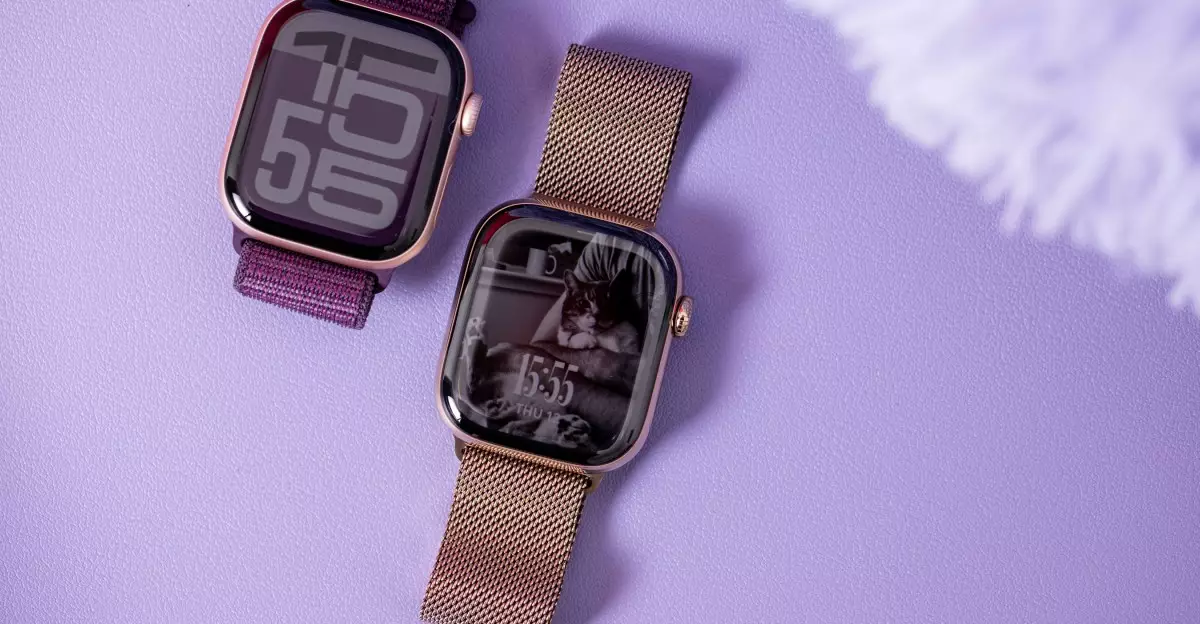Apple, a titan in technological innovation, is evidently setting its sights on the future of interaction through the advent of camera-equipped AI wearables planned for release by 2027, according to insights from Mark Gurman of Bloomberg. This initiative signals a significant shift in how users will engage with technology, particularly through their current staple devices like the Apple Watch and AirPods. These enhancements promise an exciting intersection of visual intelligence and artificial intelligence, which could redefine user experience on a daily basis.
Visual Intelligence: A Game Changer
The introduction of Visual Intelligence in the Apple ecosystem is set to enhance ordinary tasks dramatically. By integrating cameras within the Apple Watch displays and alongside features like the digital crown on the Apple Watch Ultra, Apple seeks to create a device that not only tracks activities but also understands and processes the user’s environment. This sophisticated technology aims to offer services that range from adding pertinent information from nearby events directly to calendars to providing real-time insights about locations and establishments. Such advancements could empower users to engage with their surroundings in a way previously thought to be exclusive to smartphones.
Challenging the Status Quo
Critically, the reliance on AI models from external sources raises questions about Apple’s vision for proprietary technology. Apple’s attempt to develop in-house AI models is not merely a business strategy but a crucial move that speaks to its desire for control over the user experience. This independence from third-party developments could potentially lead to a more seamless and integrated product offering, allowing Apple to set new standards in the wearable technology landscape.
The Broader Ecosystem: Integration and Compatibility
The anticipated release of AI-enhanced AirPods alongside the revamped Apple Watch highlights a pivotal moment for Apple’s product ecosystem. The integration of various devices powered by AI could lead to a system of interconnected wearables that communicate effortlessly, making the user experience much richer and more coherent. With the right software architecture and synchrony between devices, Apple could position itself as the market leader, effectively setting the bar higher for its competitors.
Leadership and Vision for the Future
Mike Rockwell’s leadership, particularly in terms of steering the Series’ new developments and upgrades, underscores the importance of visionary guidance in tech innovation. With Rockwell being responsible for navigating the Apple AI landscape, particularly following his previous work on the Vision Pro, there is optimism regarding the monumental potential of these upcoming devices. This shift towards AI-driven functionalities is not just about introducing new features; it signifies Apple’s commitment to pioneering a more intuitive technological future.
Anticipating Augmented Realities
While the focus on immediate products like AI-infused watches and AirPods is exciting, Apple’s ambitions extend to augmented reality solutions, hinting at further innovations like AR glasses. These developments would not only broaden the scope of wearables but also challenge how we perceive our reality, intertwining the digital world seamlessly with the physical one. By leading in these innovations, Apple positions itself uniquely in the burgeoning field of augmented application technologies, emphasizing its role as not just a device manufacturer but a frontrunner in technological evolution.
Apple’s forthcoming AI wearables embody a pioneering spirit steadfast in transforming daily interactions into something exceptional, and the world is watching closely as it approaches 2027.

